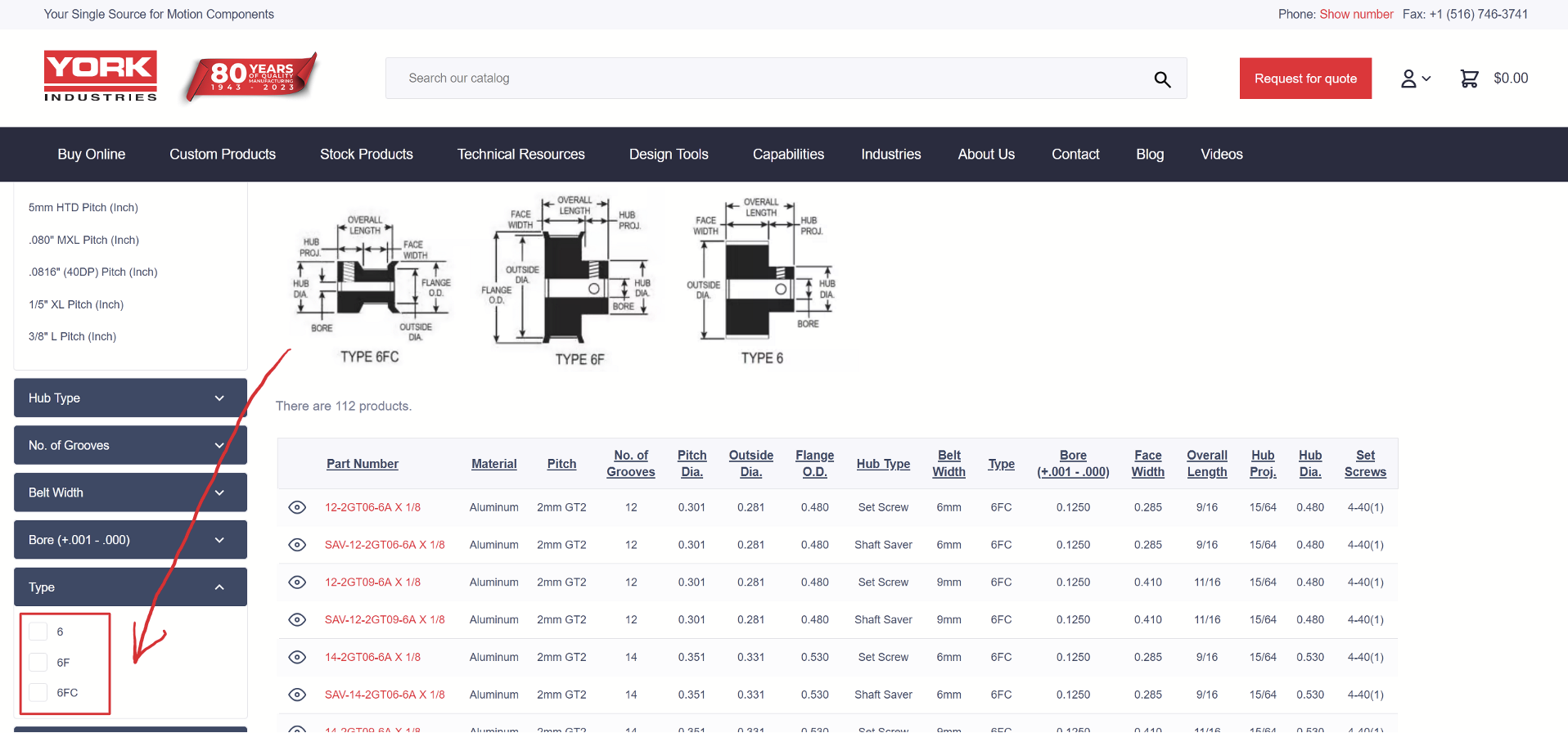Essential Guidelines for Timing Pulley Flanges in Optimizing Drive Performance

Timing pulley flanges play a crucial role in ensuring the stability and efficiency of belt drive systems. As essential components, they prevent timing belts from slipping off pulleys, especially during high-speed operations. By providing lateral support, these flanges help maintain proper belt alignment and reduce belt edge wear, ultimately prolonging the life of the belt and enhancing the overall performance of the mechanical system.
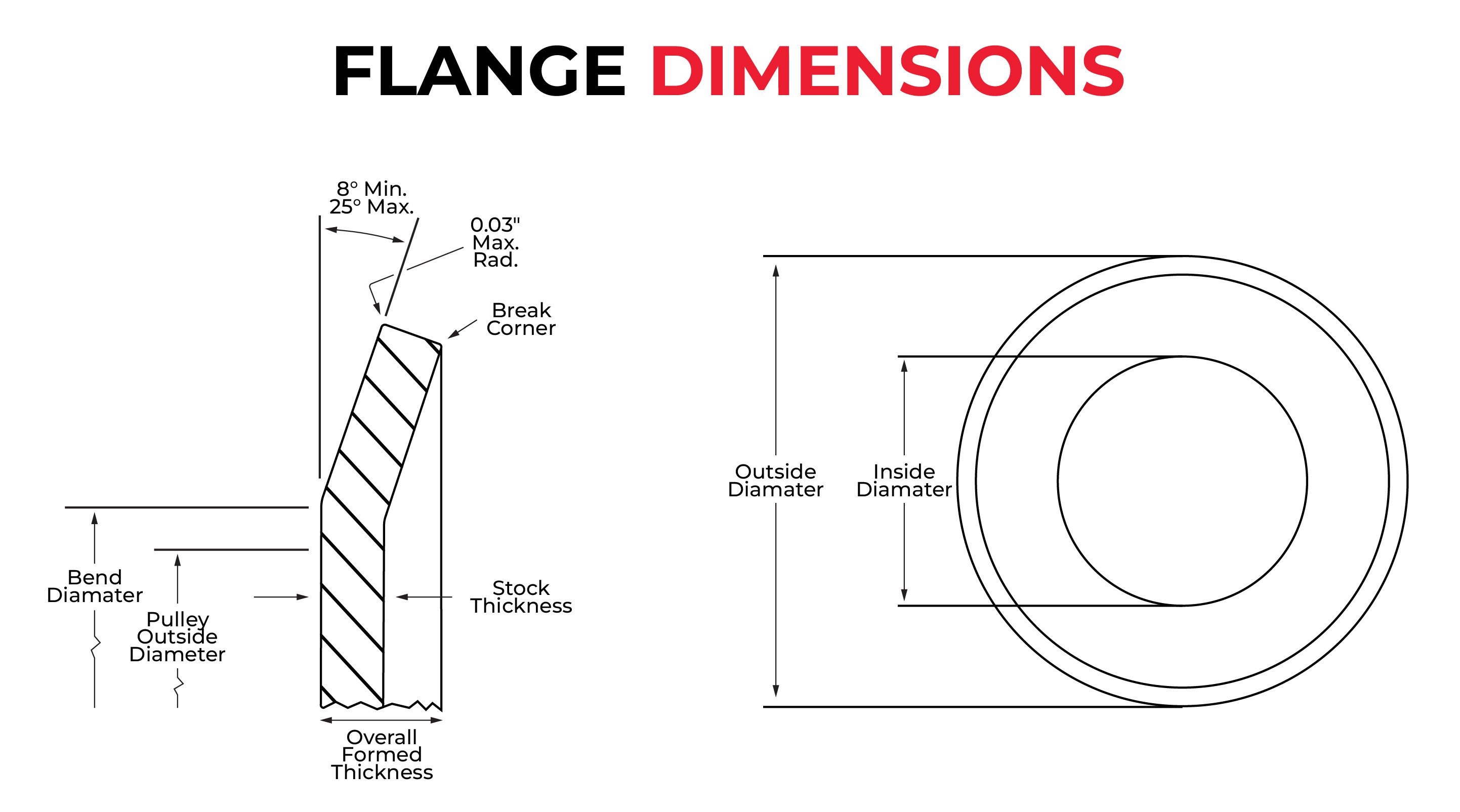
During operation, timing belts naturally tend to shift laterally on pulleys and would slip off without the presence of flanges or belt guides. The tensile cords embedded within timing belts significantly impact their tracking characteristics. To counterbalance this effect, manufacturers provide tensile cords with alternating twists (S and Z), which help stabilize the tracking.
However, each timing belt's tracking is unique, and even well-aligned systems can experience tracking issues. The inherent lateral force generated during motion can be managed with flanged timing belt pulleys. For systems with significant side thrust, it’s advisable to check pulley alignment, shaft parallelism, and any potential shaft deflection.
Flanges are flared to enhance guidance as the belt moves onto the pulley. Flat flanges, while an option, can cause the belt to wear prematurely if there is any misalignment in the shafts, as the belt may rub against the flange edge. Therefore, flat flanges are not generally recommended.
Depending on their angle, the outer edges of the flanges might not perfectly align with the pulley face, which should be considered in design.
Recommendations for Flange Applications in Belt Drive Systems
|
Application Type |
Flange Recommendations |
|---|---|
|
Two-Pulley Drives |
In basic systems with two pulleys, either one pulley should have flanges on both sides, or each pulley should have a flange on opposite sides. Typically, the smaller pulley is flanged to minimize cost. Proper tracking and the design characteristics of timing belts, such as tension cords, are crucial to prevent misalignment and premature wear. |
|
Multi-Pulley Systems |
For configurations involving multiple pulleys, it’s recommended to flange either every other pulley on both sides or to alternate flange placement around the system. |
|
Vertical Shaft Drives |
In vertical setups, at least one pulley must have flanges on both sides, while the remaining pulleys should have flanges on the bottom side. |
|
Long-Span Applications |
Drives with belt spans exceeding eight times the diameter of the smaller pulley typically require flanges on both pulleys for adequate belt guidance. |
|
Idlers |
Although inside or outside idlers are not preferred, flanged idlers can be used if necessary, especially in systems where pulleys cannot be flanged. |
Check our stock timing pulley flanges.
If you want to buy stock timing belt pulleys with flanges already mounted/installed, browse pulleys types: 6F, 6FC, 3F
|
Type |
Description |
Image |
|---|---|---|
|
6FC |
Features a flange on one side with a clearly defined hub projection and face width, providing stable support for the timing belt while allowing for tighter installation. |
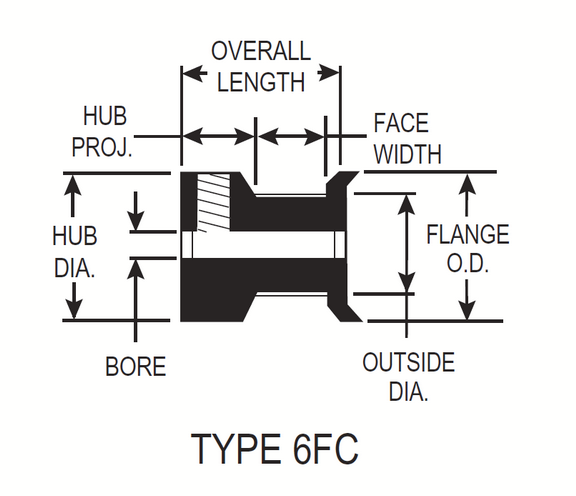 |
|
6F |
Long hub projection and wide face width make it suitable for applications requiring more stability and alignment. |
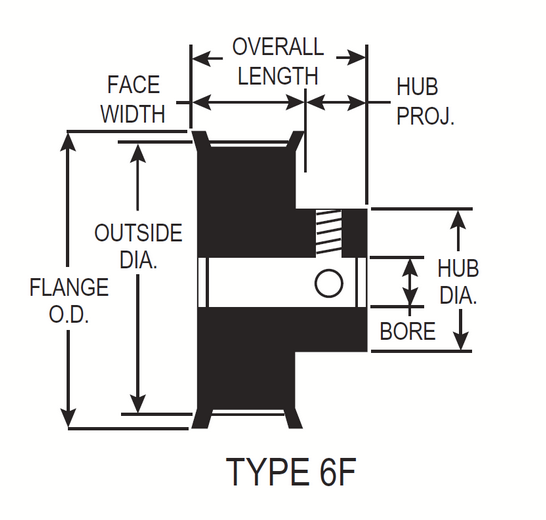 |
|
3F |
Flanges on both sides provide full containment of the belt, ideal for applications where belt misalignment could cause significant issues. |
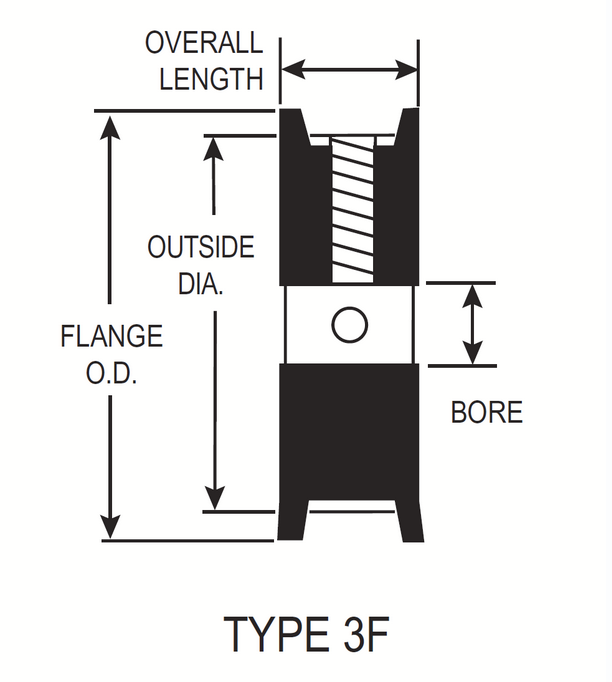 |
Each pitch has different types of available timing belt pulleys, that's why you can filter only the types you need.
